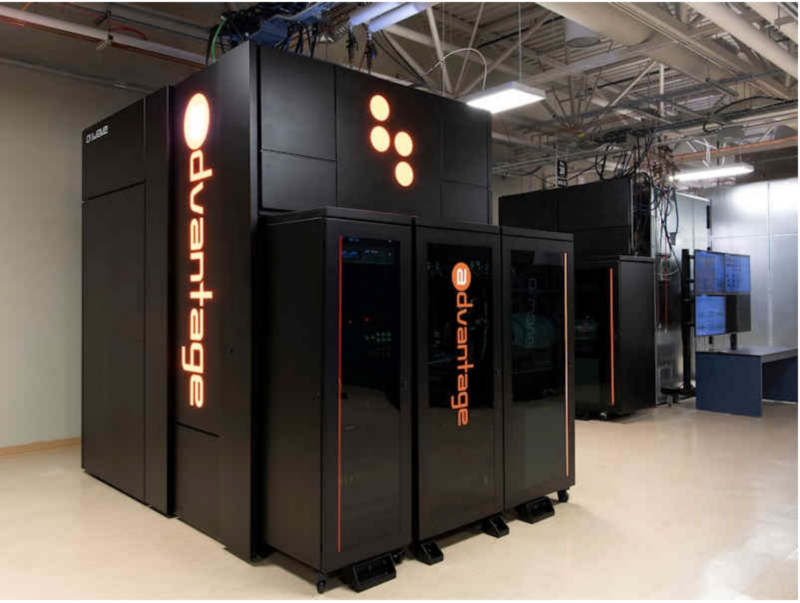
Enlarge / The current generation of hardware. (credit: D-Wave)
Tracking quantum computing has been a bit confusing in that there are multiple approaches to it. Most of the effort goes toward what are called gate-based computers, which allow you to perform logical operations on individual qubits. These are well understood theoretically and can perform a variety of calculations. But it’s possible to make gate-based systems out of a variety of qubits, including photons, ions, and electronic devices called transmons, and companies have grown up around each of these hardware options.
But there’s a separate form of computing called quantum annealing that also involves manipulating collections of interconnected qubits. Annealing hasn’t been as worked out in theory, but it appears to be well matched to a class of optimization problems. And, when it comes to annealing hardware, there’s only a single company called D-Wave.
Now, things are about to get more confusing still. On Tuesday, D-Wave released its roadmap for upcoming processors and software for its quantum annealers. But D-Wave is also announcing that it’s going to be developing its own gate-based hardware, which it will offer in parallel with the quantum annealer. We talked with company CEO Alan Baratz to understand all the announcements.
